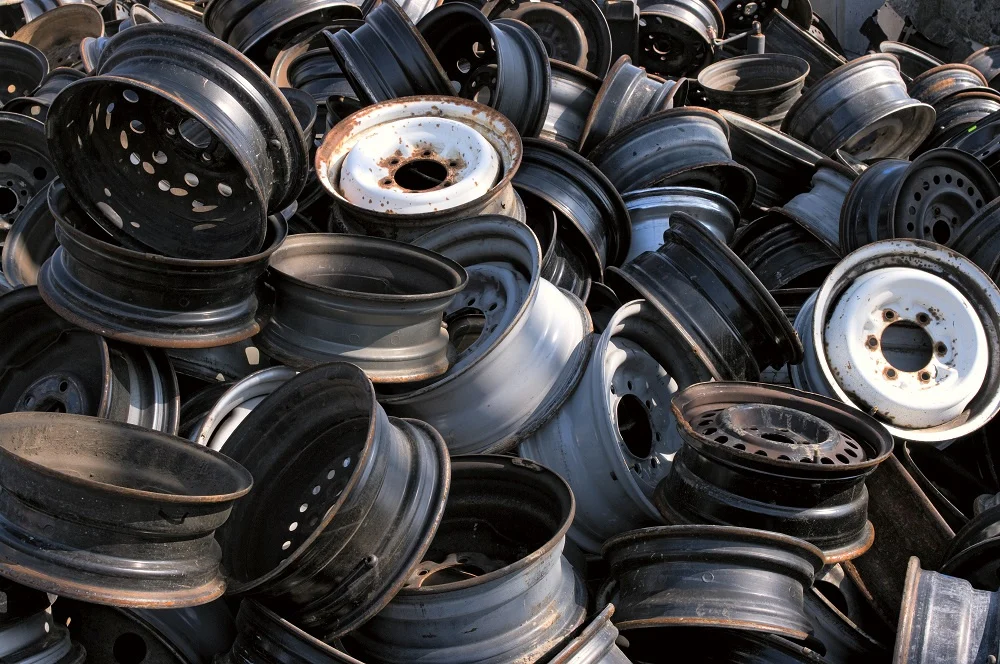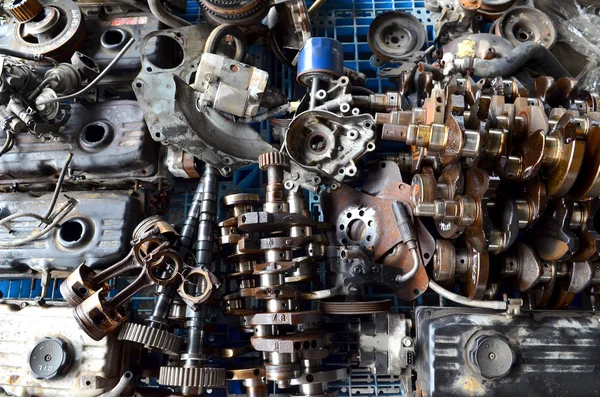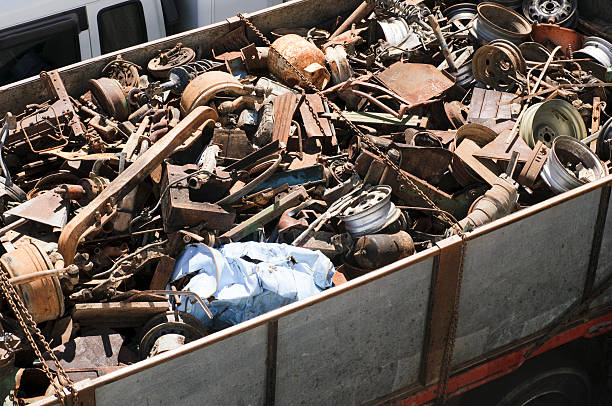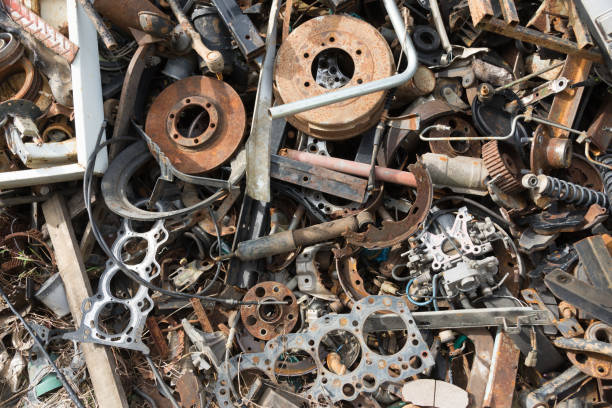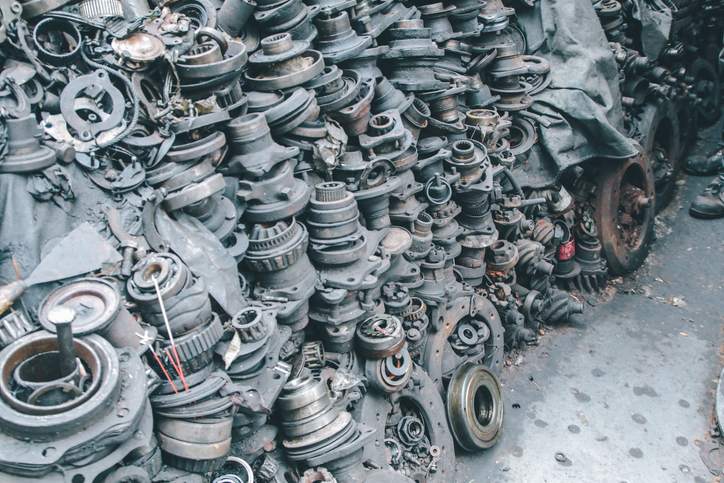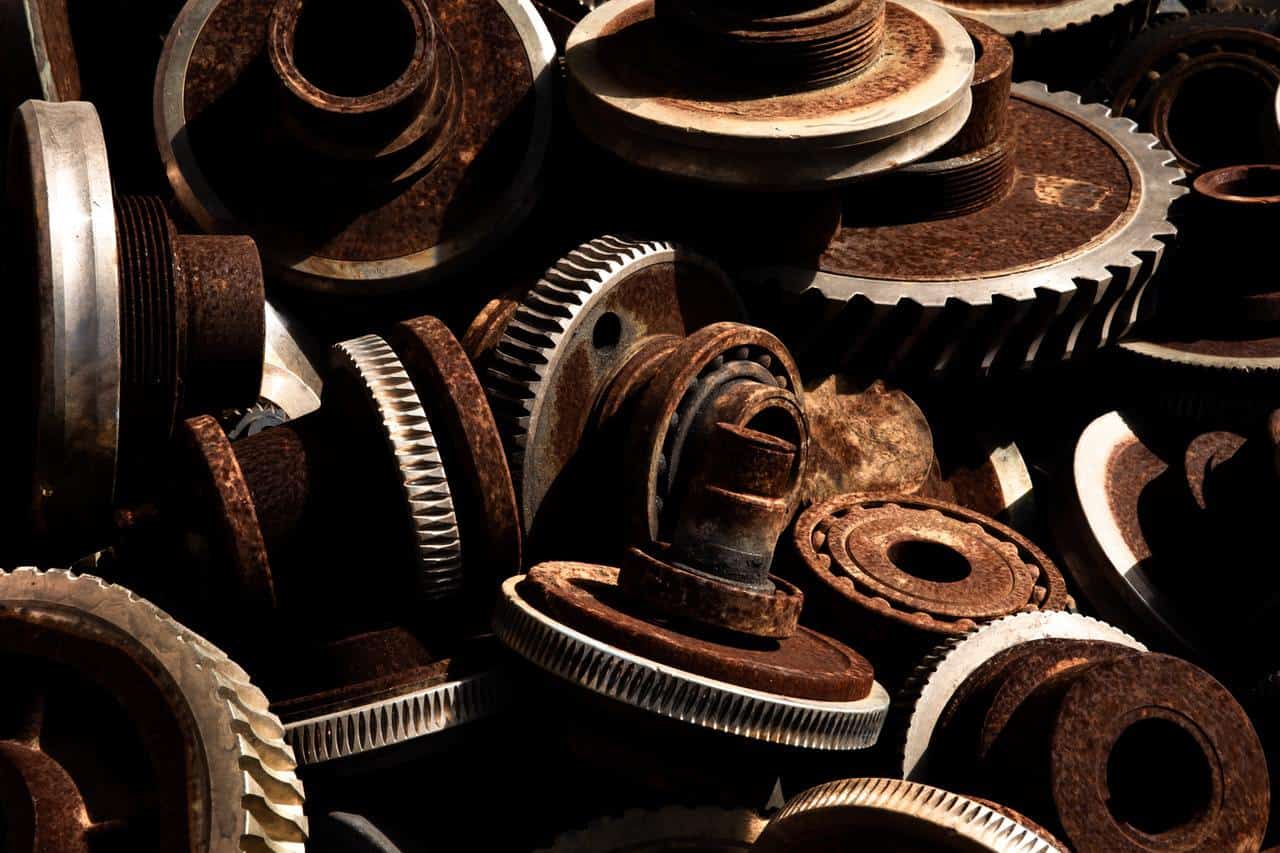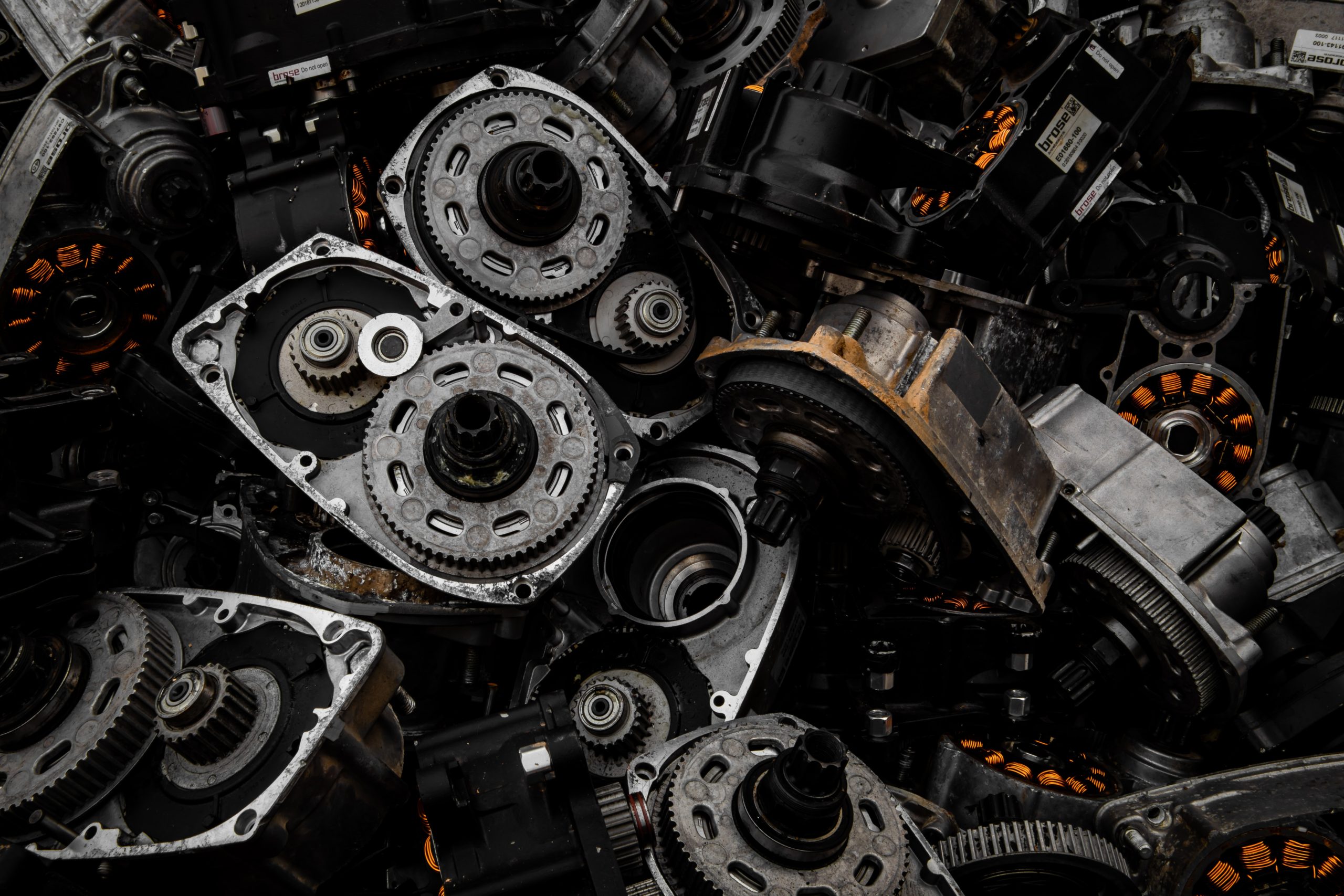Description
Automotive scrap, encompassing various components such as car parts and frames, plays a crucial role in the modern recycling industry. As vehicles reach the end of their lifecycle, a significant amount of metal, plastic, and rubber is generated, all of which can be repurposed. Car parts, including engines, transmissions, wheels, and batteries, represent both a challenge and an opportunity for automotive recyclers. Proper dismantling and processing of these components not only helps in reducing waste but also conserves natural resources by reintroducing valuable materials back into the manufacturing supply chain.
The environmental benefits of automotive scrap recycling are manifold. By diverting car parts and frames from landfills, we significantly lower the carbon footprint associated with producing new materials. For example, recycling steel from scrapped vehicles saves energy and reduces greenhouse gas emissions compared to traditional steel production processes. Additionally, recycling initiatives can mitigate the depletion of finite resources such as aluminum and rare metals found in catalytic converters, making automotive scrap a vital player in the circular economy.
Moreover, the economic implications of automotive scrap are substantial. The recycling industry creates jobs and stimulates local economies while providing affordable materials for manufacturers. This demand for recycled components can lead to innovation in both recycling technologies and manufacturing processes. As automakers increasingly emphasize sustainability, the need for accessible and efficiently recycled automotive scrap will likely grow, paving the way for a more resource-efficient future in the automotive sector. Ultimately, the stewardship of automotive scrap can significantly impact environmental health, economic vitality, and responsible resource management.

